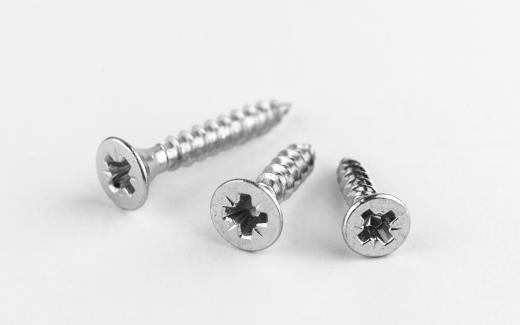WD-40® was created in 1953 by three technicians at the Rocket Chemical Company in San Diego. They were working on a way to protect missile parts by creating a rust preventative solvent and de-greaser. The "WD" in the product name indicates that it is a water displacement compound. The "40" was chosen to indicate that the successful formula for the product was found after 39 failed experiments.
In 1958, the Rocket Chemical Company realized that selling WD-40® for public use as a lubricant spray could be a very profitable endeavor. Today, WD-40® is widely available in hardware and discount stores. There are five delivery systems for the product: WD-40® aerosol is the traditional delivery format; the WD-40® Smart Straw is a can with a permanently attached straw; the WD-40® No-Mess Pen allows you to use the product while on the run; WD-40® bulk/non-aerosol is offered in gallon and 55-gallon containers for large jobs; and the WD-40® Big Blast provides a wider spray pattern and larger can size.

Although WD-40® has a very distinctive smell, there is nothing dangerous in the product. The odor is simply the result of a fragrance added during the manufacturing process. The primary ingredients in the product are mineral spirits, liquefied petroleum gas, and mineral oil. The exact formula of WD-40® is a highly guarded trade secret, however.
For automotive repair, WD-40® has many uses. It can drive moisture out of the high- and low-tension electrical components of a motor engine and loosen nuts or screws. If you're trying to keep your car in top shape, WD-40® is also good for restoring and cleaning padded leather dashboards in vehicles.

Around your home, WD-40® can fix noisy door hinges, keep scissors working smoothly, loosen rusted screws, stop electric fans from squeaking, and lubricate the tracks in your windows to make them easier to open. Many people also report that spraying WD-40® on hand tools is a good way to prevent rust damage.
Although it seems hard to believe, WD-40® is also a great household cleaning product. It is good for removing lipstick or tomato stains from your laundry. You can use it to remove stubborn duct tape residue, clean splattered grease off your stove, keep glass shower doors free of water spots, clean stainless steel sinks, and camouflage scratches in ceramic or marble floors. WD-40® will even take oil spots off concrete driveways.

